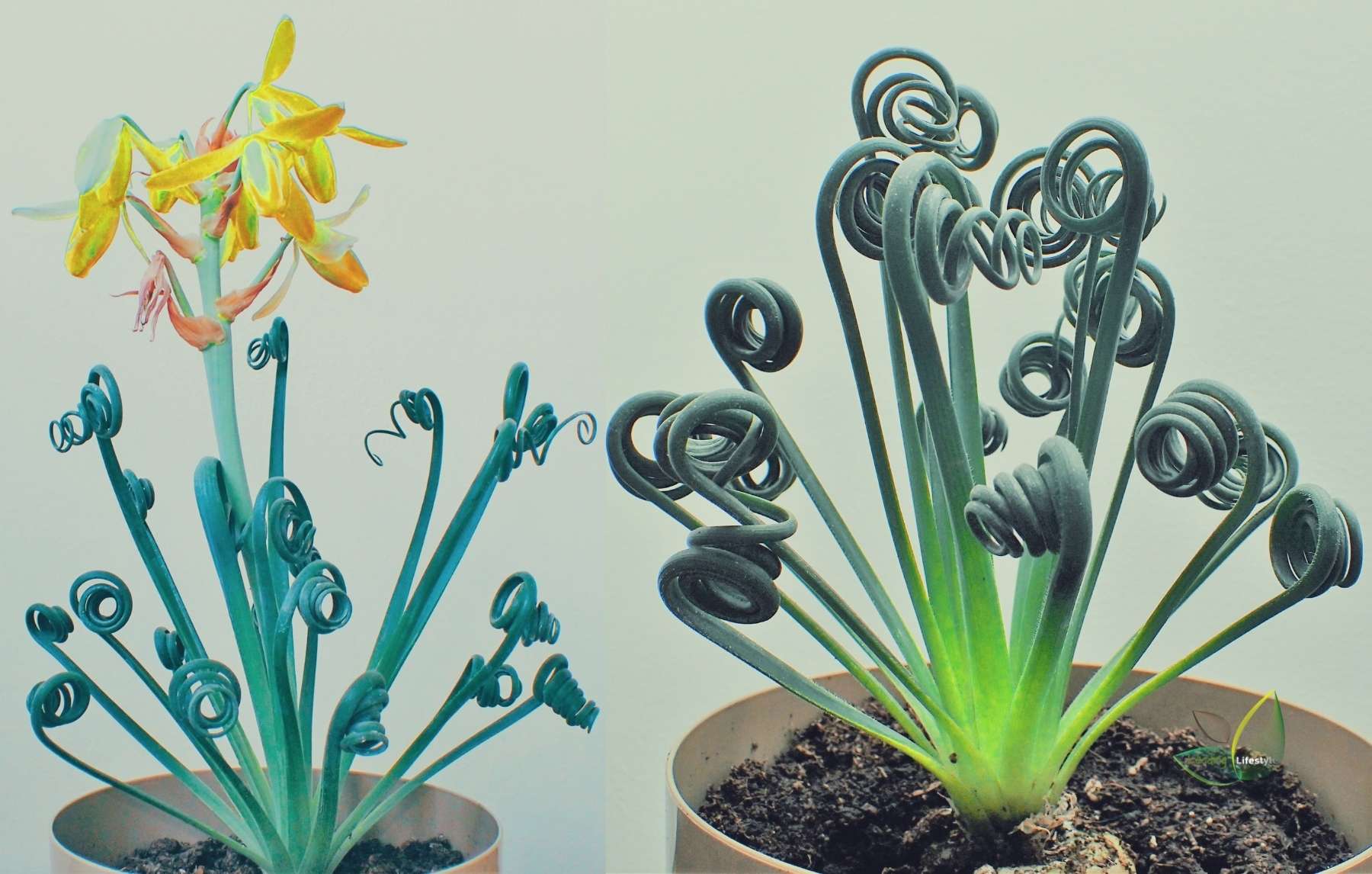Frizzle Sizzle Plant: Expert Insights for Thriving Growth and Care

Those wild, spiraling Frizzle Sizzle leaves? They’re more than just a visual spectacle—they tap straight into the psychology of why we find certain plants irresistible. When you first bring home a Frizzle Sizzle (technically, Albuca spiralis—not Rorippa!), it’s easy to assume it needs ultra-special treatment or will be too fussy for the average plant lover. I’ve been there myself: the first time one caught my eye at a local market in 2022, all those curls seemed almost alien compared to my solid ranks of pothos and monstera.

But here’s what nobody tells you: The magic of this plant isn’t just in its looks—it’s in how it rewards small habit changes and brings out your natural curiosity. Let’s dig in with practical tips, real setbacks, and a few insights into why these steps actually work (not just that they do).
Why We’re Drawn to “Difficult” Plants (The Frizzle Sizzle Psychology)
Ever wondered why you can’t resist reaching for something as oddball as a Frizzle Sizzle instead of another trailing ivy? There’s psychological research behind this—our brains crave novelty but also seek feedback loops. The curls act like progress bars; every new twist signals that your care is working, triggering little dopamine hits much like checking off habits on an app.

That feedback loop is key: plants that show clear cause-and-effect from your care (new growth after repotting, tighter coils when lighting improves) are scientifically proven to keep us engaged longer than passive greenery. This is why success with a Frizzle Sizzle feels extra satisfying.
Setting Up for Success—Not Stress
Water & Light
Forget what you know about “moist soil.” I learned the hard way (cue limp leaves back in spring 2023) that sitting this bulbous beauty in plain potting mix spells disaster unless you really nail consistency.

What actually works:
- Clay pebbles or coarse sand at the bottom of your pot—think hydroponics without gadgets.
- Water until it just touches the base of the bulb, keeping roots damp but never drowning them.
- Place on a bright windowsill (east-facing is ideal). South windows can crisp leaves if unfiltered; sheer curtains diffuse light perfectly.
Why:
Bulbs store water and energy. Too much moisture around the bulb triggers rot; too little halts those distinctive curls. The visible difference within days gives instant cause-and-effect feedback—a direct link between your attention and its reward.
Feeding Without Overdoing It
I once nuked mine with standard all-purpose fertilizer—within two weeks, it was more sad spaghetti than curly fries.
Solution:
Dilute liquid cactus fertilizer to half strength every month during active growth (usually fall through late spring).

Psychological angle:
Restraint feels counterintuitive (“more food = more growth!”), but learning not to overindulge actually builds confidence—and trust—in your skills.
Learning From Failure: My Own Flop
That first winter, I stuck my new Frizzle Sizzle right by a drafty window—assuming “bright spot” meant any window would do. When morning frost wilted half the leaves overnight? That sinking feeling quickly became determination: next year, I set up an inexpensive grow light ($19 from IKEA) set on a timer for 8 hours/day. Curl count doubled by mid-season, and my mood followed suit.

Real-Life Habits That Work
- Watering Routine:
Set Monday as “freshen water” day. Instead of top-ups, dump everything and refill with room temp tap water—that quick flush keeps fungus gnats at bay (and provides satisfying closure each week). - Observation Ritual:
Every Saturday morning, snap a photo—watching those coils tighten with every week is weirdly addictive. - Sensory Checks:
Run your fingers through the foliage after watering—the crisp squeak tells you hydration is spot-on; limpness means time to adjust. - Propagation Game:
When friends visit and ask about “that Dr. Seuss plant,” snip off a curly leaf or two and let them root in water together—it sparks community and accountability (you’ll want their cuttings to thrive too!).
Troubleshooting With Insight
Most issues come from treating this like an ordinary houseplant:
- Yellowing leaves? Usually overwatering or waterlogged bulbs. Air things out before rehydrating.
- Curls unraveling? Not enough light—or post-bloom dormancy kicking in (don’t panic; it’s normal!).
- No new growth? Check root health: gently lift bulb and inspect for mushy spots or foul smells—a clear signal to repot in fresh medium.
Here’s an unexpected twist: stress periods often precede big growth spurts once conditions improve. So don’t see setbacks as failures—they’re often the thing that primes bigger rewards down the line.
Bottom Line: Progress > Perfection
If anxiety creeps up (“am I doing this right?”), remember—the Frizzle Sizzle isn’t rooting for perfectionism. It thrives on small corrections and consistent curiosity:
- Set simple reminders for basic tasks like watering or rotating pots.
- Celebrate each new coil as proof your tweaks matter.
- If something goes awry? Adjust course—and watch how quickly recovery happens under your attentive eye.
After years of trial, error, and geeky note-taking, here’s what stands out most:
Frizzle Sizzles train us not just as better plant parents—but better problem-solvers overall. Each curl is proof that patience pays off—and sometimes, letting yourself experiment (and even mess up) creates richer learning than following generic instructions ever could.
Stick with those little rituals. Your future self—with a kitchen counter full of jubilant green springs—will thank you every time someone says “Wait…is that real?”
Questions or stories about yours? I’m always up for trading tales—and tips—for anyone tempted by these botanical oddballs!



